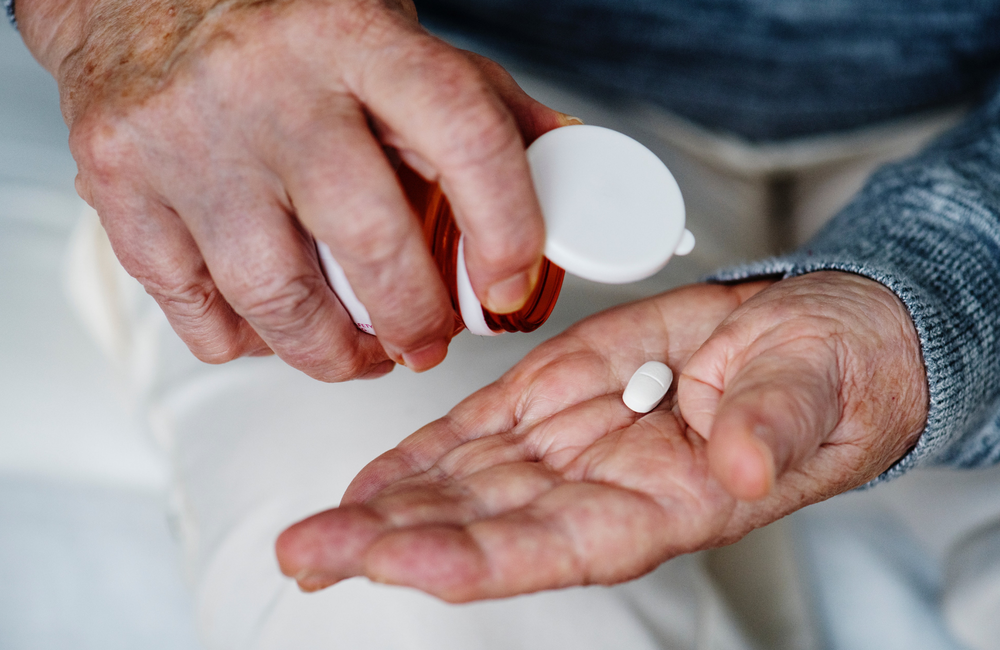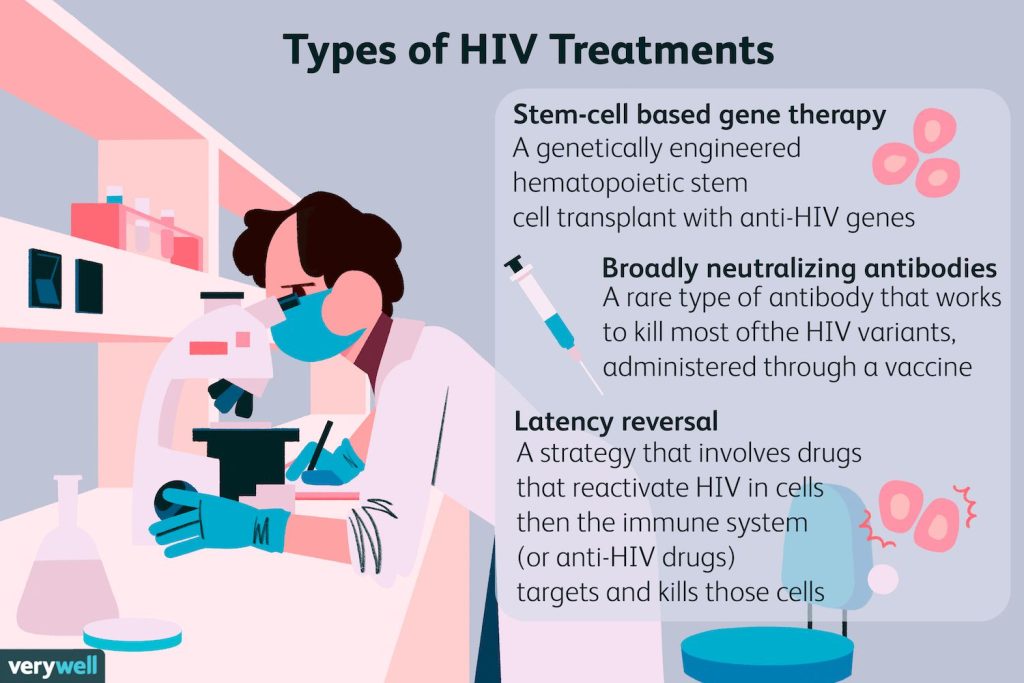
Highly-active antiretroviral therapy (HAART) is the treatment of HIV using a combination of antiretroviral medication. HAART does not cure HIV, but it controls the virus, stops it from replicating in the body, and reduces the number of viruses that stay in the body to an undetectable level.
HAART has improved by leaps and bounds over the decades, and people living with HIV are offered treatment options that are extremely effective, reduces the likelihood of them spreading the virus to other people, and help to ensure that they can live as healthily as people without HIV. HIV/AIDS is no longer an untreatable condition with HAART – rather, it has become a chronic condition that is easily manageable.
HAART AND YOUR DOCTOR
First-line HAART medication is available free of charge through the government healthcare system for all Malaysian citizens. Initial and follow-up consultations, as well as medication dispensing services are available at hospitals and Klinik Kesihatan throughout the country.
If you are screened positive at a clinic, you may be recommended a list of hospitals or clinics to go to as part of your post-test counselling session, or you may choose a facility that is convenient for you.
Before you are indicated as a candidate for HAART treatment, you will have to undergo a blood test that confirms if you are HIV positive. You will be given a hospital referral for this blood test by the clinic where you did your rapid test.
If you are diagnosed HIV positive, your doctor will likely suggest that you go on HAART immediately. The quicker you start on HAART, the faster it will take to get the virus under control, and the better it will be for you in the long run.
Some doctors may assess your readiness to go on treatment according to certain criteria, such as any issues regarding adherence or the availability of healthcare facilities near you.
HAART treatment is always done under doctor supervision, so it’s necessary that you attend all your appointments. A visit to your doctor may include:
- a discussion to bring your doctor up to date on your condition;
- blood tests for white blood cell (WBC) count, viral load (VL), liver and kidney function, and STIs;
- a chest X-ray to check for tuberculosis (TB) of the lungs;
- other tests and checks to look at any other conditions.
Your doctor may also choose to monitor your condition for a period of time before putting you on HAART. If this is the case, it’s very important that you work very closely with your doctor to make sure that you can start HAART at the right time.
STAYING ON HAART
For HAART to be effective in controlling HIV, it’s very important that you stay on your medication.
This includes:
- Taking them regularly at the same time of day;
- Not skipping any doses;
- Bringing them with you for when you need them, such as at work, on leisure activities, and when you travel.
Adjusting your routine to HAART when you’re newly on it can be difficult, but with proper reminders, it will easily become a habit for you. One way to ensure that you don’t forget to take them at the right time is to set an alarm for the time you usually take them.

When you first go on HAART, you may experience some side effects. Some common ones include:
- Anemia;
- Diarrhoea;
- Dizziness;
- Fatigue;
- Insomnia;
- Headaches;
- Vomiting;
- Nausea;
- Rashes;
- Vivid dreams;
- Problems with your nerves.
They can be unpleasant, but they are completely normal when first starting HAART – your body will eventually get used to it, and you will no longer experience them.

If you’re experiencing severe or prolonged side effects, do not skip or stop your medication without consulting your doctor. Schedule an emergency appointment with your doctor or visit a hospital’s emergency department, who will advise you on how to continue.
If you find that you have problems adhering to the medication, speak to your doctor, counsellor or pharmacist about it – they’ll be able to help you make adjustments to fit HAART into your routine.
BEING UNDETECTABLE
The goal of HAART treatment is to bring the level of HIV in your body to levels that cannot be detected by standard viral load tests. This is normally below 50 copies of HIV per millilitre of blood – considering that the numbers can go into the millions in an untreated person, this is a huge difference!
Once you reach these levels, you’re considered “undetectable,” and if you can maintain undetectable status for more than six months, it means that your medication is working well. Without much of the virus in the blood, its effect on the body is dramatically reduced – the virus is less able to attack white blood cells in the blood, which means that there will be less damage to your immune system.
People who are undetectable do not transmit HIV to others through sex, even when doing it unprotected – this is what “Undetectable = Untransmittable” (U=U) means1. In three large-scale studies of couples with different HIV statuses, no transmission of HIV occurred at all from an undetectable HIV-positive person to their negative partner.
An undetectable viral load can only be achieved through long-term adherence to HIV medication. If treatment is not properly maintained, you’ll run the risk of HIV increasing again to detectable levels, and of developing resistance to treatment.
Maintaining this status will allow a person with HIV to live just as well and as long as a HIV-negative person. That being said, it’s always well advised to keep yourself and others safe by using protection and regularly testing for STIs, as you may still be exposed to them even though you are undetectable.

HAART AND YOUR WELL-BEING
Maintaining undetectable status isn’t just about adhering to HAART – it also encompasses taking good care of your general health and wellbeing.
Find time in your routine to engage in physical activity, consume a healthy and balanced diet, learn to manage stress and your mental wellbeing, and avoid consuming alcohol, tobacco and recreational drugs. Read more about it here.
Remember that even if you’re undetectable, it doesn’t mean that you are protected from STIs such as gonorrhoea, chlamydia and syphilis! Always remember to use condoms when having sex, as they are the only way to protect yourself from other STIs. Read more about condoms here.
Being HIV positive unfortunately puts you at higher risk of catching a co-infection, such as tuberculosis (TB) and hepatitis B and C. While these infections are curable, they can affect a HIV positive person severely if left untreated. If you’re concerned about such infections, discuss it with your doctor – they will be able to help you identify any co-infections, and treat them as necessary. Read our fact sheet on TB and hepatitis B and C co-infections.
A close relationship with your doctor is very important and helpful in ensuring that you’re on the right track for treatment. If you need professional opinions, have a chat with your doctor or look for a clinic using our Clinic Finder.
General FAQ
Highly-active antiretroviral therapy (HAART) is the treatment of HIV using a combination of antiretroviral medication.
Yes! ART stands for “Antiretroviral Therapy,” and ARV stands for “Antiretrovirals” – both of them refer to HAART.
At this moment, while much research is being done to find a cure for HIV, there is still no known cure. HAART does not cure HIV, but it controls the virus, stops it from replicating in the body, and reduces the amount of viruses that stay in the body to undetectable levels.
Depending on your condition, your doctor will prescribe a combination of the following types of medication:
| Nucleoside analogue reverse-transcriptase inhibitors (NRTI) | ● Abacavir (ABC) ● Didanosine (DDI) ● Emtricitabine (FTC) ● Lamivudine (3TC) ● Stavudine (D4T) ● Tenofovir alafenamide (TAF) ● Tenofovir disoproxil fumarate (TDF) ● Zidovudine (AZT) |
| Non-nucleoside reverse- transcriptase inhibitors (NNRTI) | ● Efavirenz (EFZ) ● Etravirine (ETR) ● Nevirapine (NVP) ● Rilpivirine (TMC278) |
| Integrase inhibitors (INSTI) | ● Dolutegravir (DTG) ● Elvitegravir (EVG) ● Raltegravir (RAL) |
| Protease inhibitors (PI) | ● Darunavir (DRV) ● Lopinavir (LPV) ● Ritonavir (RTV) |
| Pharmacokinetic booster | ● Cobicistat |
Source: National Pharmaceutical Regulatory Agency, Ministry of Health Malaysia
Each combination may come in individual pills, or in one single tablet containing two or more medications from the above list. These individual tablets and combination tablets have many brand names, so it’s important that you familiarise yourself with each one!
- As with all kinds of medications, HAART may cause some initial side effects which will go away as your body gets used to the medication. Some common side effects include:
● Anemia;
● Diarrhoea;
● Dizziness;
● Fatigue;
● Insomnia;
● Headaches;
● Vomiting;
● Nausea;
● Rashes;
● Vivid dreams;
● Problems with your nerves.
If you’re experiencing severe or prolonged side effects, do not skip or stop your medication without consulting your doctor. Schedule an emergency appointment with your doctor, who will advise you on how to continue.
